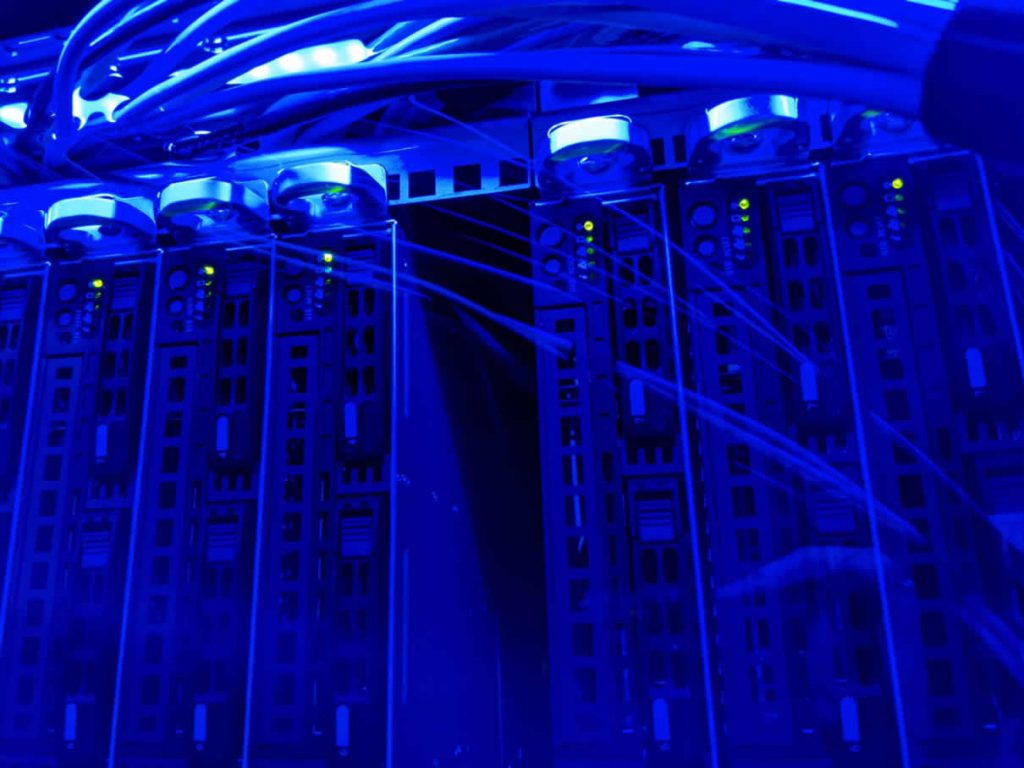Reduction of power consumption in data centres is at the heart of delivering sustainable data centres
Efficient use of power and new cooling technologies allow data centres to contribute to even lower carbon footprints
On a global scale, data centres are estimated to consume 200 terawatt-hours every year. This is both a challenge and an opportunity. The question that lingers is how energy consumption can be reduced and at the same time deliver sustainability that is beneficial to investors and customers.
Knowledge of data centre servers informs that heating is the enemy and the infrastructure has to be kept cool if they are to continue operating efficiently. Traditional data centres spend a huge portion of their operational costs footing hefty power bills and in some places; this power comes still from fossil fuels. Data centres like factories may not spew dark smoke or grind greasy moving parts but the impact they may have on the environment may be more than manufacturing plants. This means that energy consumption in data centres is not all about the dent it leaves on the account but also the heavy toll they have on the environment. With no action, it is expected that increased demand for cloud services will fuel greater demand for power. Experts predict that total electricity demand out of ICT-related activities and more so data storage will accelerate in the coming years. With the emphasis on sustainable data centres, the effect that growth in data storage may have can be minimised. However, this will come at a cost in the short run but in the long run, the benefits which will be realised are enormous.
Efficient cooling technology such as the adoption of liquid immersion cooling will allow data centres to reduce their energy consumption. This will reduce the operation cost as well as help the data centres become more sustainable.
The use of space in an efficient manner is also seen as a great mechanism through which data centres can create more server rooms with a smaller footprint. With the global data load expected to reach staggering hundreds of Zettabytes in the next three years, management of such a high level of data poses significant technical, operation, and sustainability challenges. In preparation for the data surge, data centres are urged to increase density and manage containment more efficiently. This should be combined with the adoption of new technology that promises better solutions as well as savings for the businesses. The use of low-impact liquid immersion cooling systems helps in limiting the movement of air over servers. This means that the need to cool the whole data hall is eliminated and with it comes reduced power consumption and subsequent cost reduction.
Up to now, sustainable data centres are being designed into facilities that reduce over-reliance on fossil-fuelled powered energy, reduction in water use through the adoption of effective cooling technologies such as liquid immersion cooling among other measures that are geared towards increasing their efficiency.
We acknowledge that creating sustainable data centres is not all about power but a reduction in the amount of energy consumed can go a long way in building systems that will have a smaller footprint even with the growing global data load.

